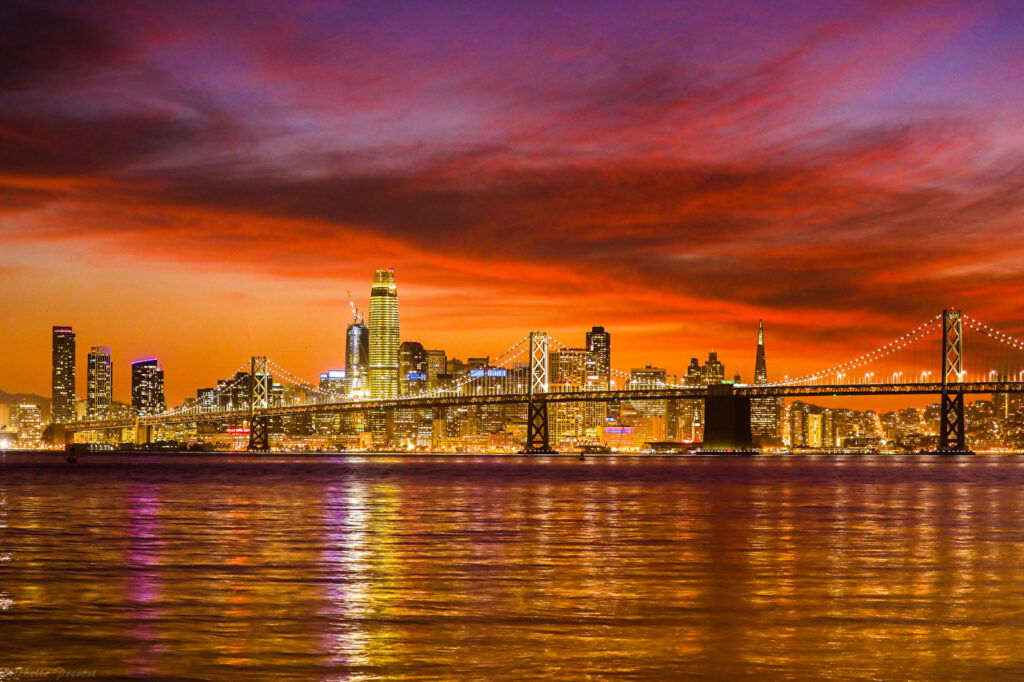Howland Island travel guide
Howland Island travel guide: Howland Island is a remote and uninhabited coral island located in the central Pacific Ocean.

What to do in Howland Island
Howland Island travel guide.
Here is a list of all the activities in Howland Island.
Howland Island is a remote and uninhabited coral island located in the central Pacific Ocean. Access to Howland Island is highly restricted, and it is not a tourist destination. The island primarily serves as a nature reserve and a habitat for various bird species and marine life. Therefore, there are limited activities for those authorized to visit the island for scientific research and conservation purposes. Activities on Howland Island may include:
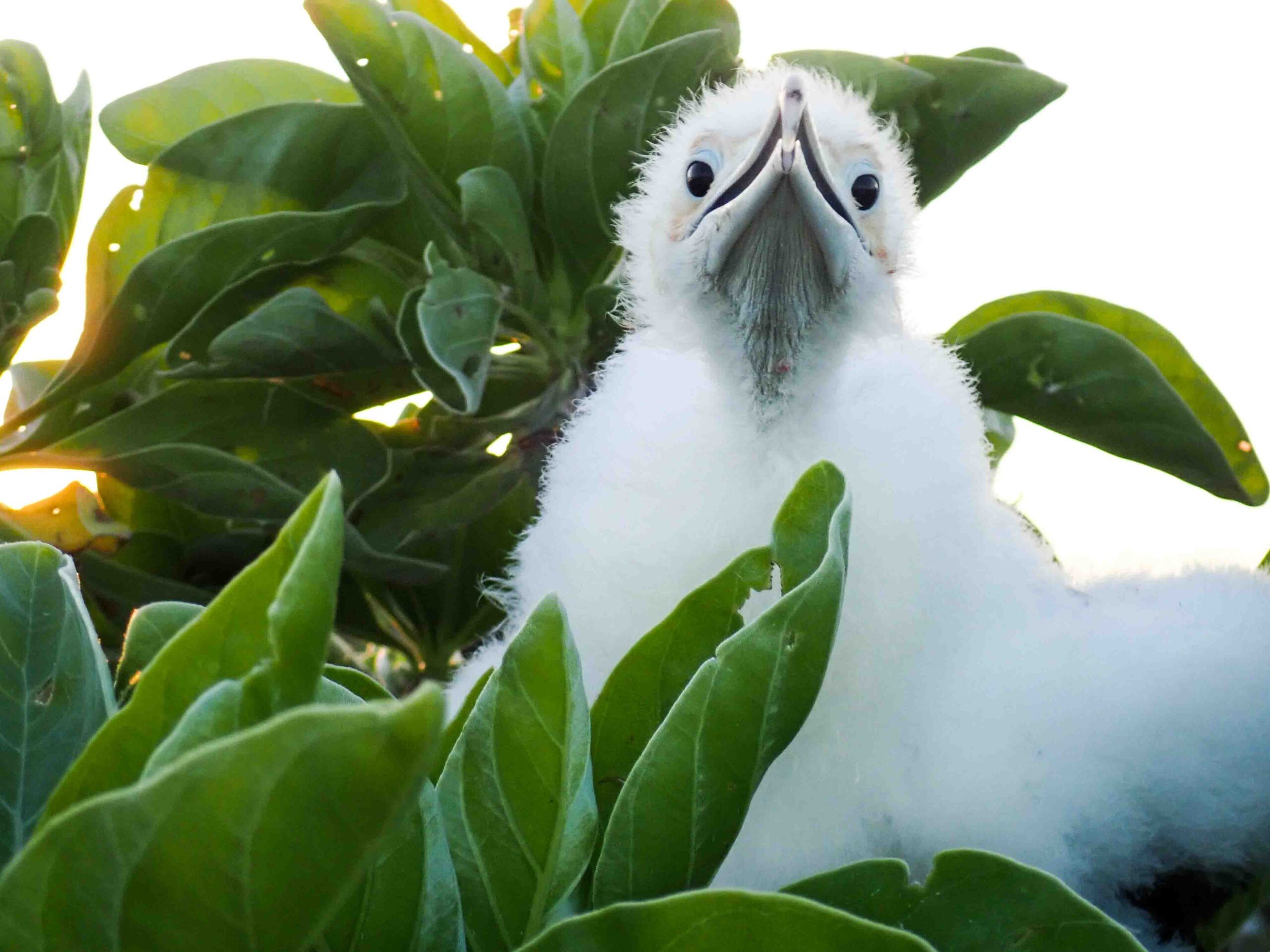
Birdwatching
Howland Island is home to various bird species, particularly seabirds. Birdwatching is a popular activity for ornithologists and researchers interested in studying these species.
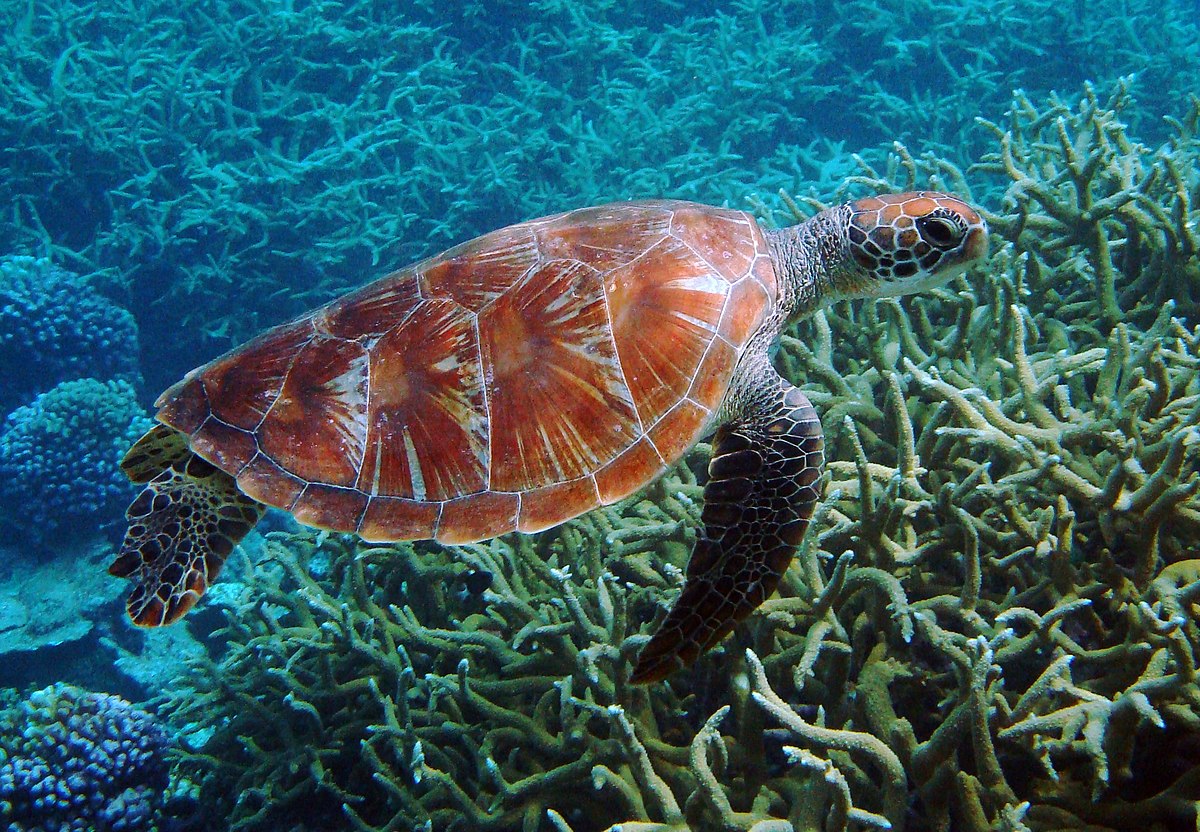
Marine Research
The surrounding waters of Howland Island offer opportunities for marine research, including studies related to marine biology, ecology, and conservation.
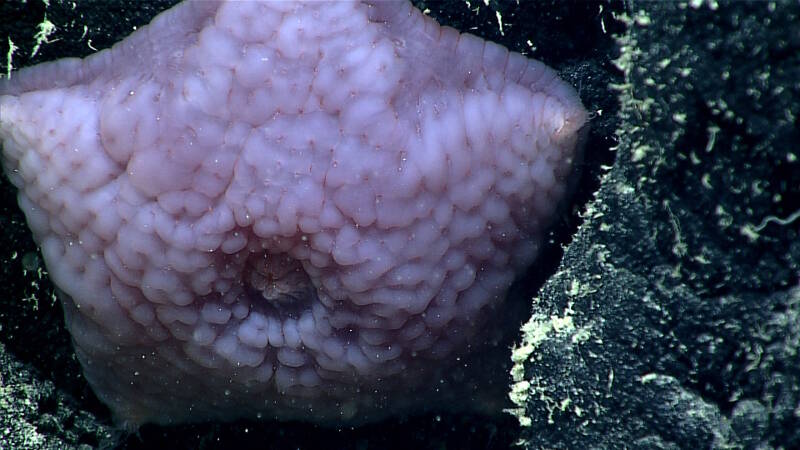
Snorkeling and Diving
If you have the necessary permits, you can explore the coral reefs and underwater world surrounding Howland Island through snorkeling and diving. The island provides opportunities to observe colorful corals and marine species.

Photography
The pristine and remote nature of Howland Island provides excellent photography opportunities. Capture the island’s landscapes, unique flora and fauna, and the vibrant marine life.
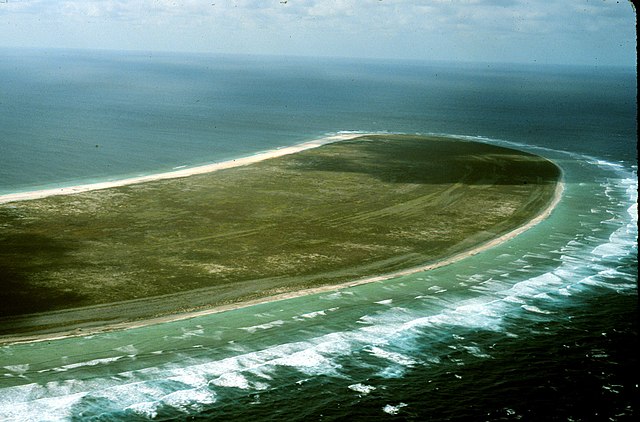
Environmental Conservation
Some visitors, including scientists and conservationists, come to Howland Island to support and contribute to conservation efforts and the protection of the local ecosystem.
It’s important to note that access to Howland Island is tightly controlled, and visits are primarily for official, scientific, or conservation purposes. General tourism is not permitted, and the timing of visits is determined by the specific research schedules and objectives. If you have a legitimate reason to visit Howland Island, you should coordinate your trip with the relevant authorities and adhere to the regulations and guidelines in place to protect the island’s unique environment.
Howland Island travel guide
National Airports
Howland Island, a remote and uninhabited coral island located in the central Pacific Ocean, does not have a national airport or any civilian infrastructure. Access to Howland Island is highly restricted, and the island primarily serves as a nature reserve and a habitat for various bird species and marine life.
Travel to Howland Island is not for commercial purposes, and there are no commercial airports or airstrips on the island. Access to the island is typically arranged through research vessels, boats, or other means of marine transportation for specific authorized purposes, including scientific research and conservation efforts. General aviation and tourism are not permitted on Howland Island.
Trains in Howland Island
Howland Island, a remote and uninhabited coral island located in the central Pacific Ocean, does not have any form of public transportation infrastructure, including trains. The island is primarily a nature reserve and serves as a habitat for various bird species and marine life.
Access to Howland Island is highly restricted, and it is not a destination for tourism or recreational activities. There is no civilian population on the island, and there are no established roads, railways, or public transportation systems. Travel to and within Howland Island is primarily arranged through marine transportation, such as research vessels, boats, or other means of maritime travel, for specific authorized purposes, including scientific research and conservation efforts. General transportation systems like trains are not present on the island.
Buses in Howland Island
Howland Island, a remote and uninhabited coral island located in the central Pacific Ocean, does not have any form of public transportation infrastructure, including buses. The island primarily serves as a nature reserve and a habitat for various bird species and marine life.
Access to Howland Island is highly restricted, and it is not a destination for tourism or recreational activities. There is no civilian population on the island, and there are no established roads, railways, or public transportation systems. Travel to and within Howland Island is primarily arranged through marine transportation, such as research vessels, boats, or other means of maritime travel, for specific authorized purposes, including scientific research and conservation efforts. General transportation systems like buses are not present on the island.
How to get to Howland Island
Getting to Howland Island is highly restricted and primarily limited to authorized scientific research and conservation purposes. Howland Island is a remote and uninhabited coral island located in the central Pacific Ocean. It is an unincorporated territory of the United States and is part of the United States Minor Outlying Islands. Access to the island is tightly controlled, and there are no accommodations or tourism infrastructure on the island. Visitors are typically scientists, researchers, and conservationists with specific permits for scientific research and conservation purposes.
If you have a legitimate reason to visit Howland Island, such as for research or conservation purposes, you would generally follow these steps:
Obtain Authorization: Contact the relevant U.S. government agencies responsible for managing access to Howland Island. Authorization is typically granted by agencies like the U.S. Fish and Wildlife Service, the National Oceanic and Atmospheric Administration (NOAA), or other relevant authorities.
Apply for Permits: Submit a formal application for permits to access the island. You will need to specify the purpose of your visit, provide relevant documentation, and meet the requirements set by the authorities.
Coordinate Transportation: Once you have obtained the necessary permits, you will need to coordinate transportation to the island. Travel to Howland Island is typically by research vessels, boats, or other marine transportation methods, as there are no commercial airports or airstrips on the island.
Compliance with Regulations: While on the island, you must adhere to strict environmental and conservation regulations in place to protect the unique ecosystem. Respect the rules, avoid disturbing wildlife, and follow best practices for responsible travel and research.
Access to Howland Island is highly controlled, and the timing of visits is determined by the specific research schedules and objectives. General tourism is not permitted on the island. If you have a legitimate reason to visit Howland Island, you should coordinate your trip with the relevant authorities and adhere to the regulations and guidelines in place to protect the island’s unique environment.
What is the best time to travel to Howland Island
There isn’t a “best time” to travel to Howland Island in the typical sense, as it is not a tourist destination, and visits to the island are primarily for scientific research and conservation purposes. Howland Island is a remote and uninhabited coral island located in the central Pacific Ocean, and access is highly restricted.
Visits to Howland Island are typically scheduled based on the specific objectives of research or conservation activities. Researchers and scientists plan their visits according to their research needs and the nesting and migration patterns of local bird species and marine life. Therefore, the timing of visits is determined by these objectives and research schedules.
It’s essential to understand that access to Howland Island is tightly controlled, and general tourism is not permitted. If you have a legitimate reason to visit Howland Island for research or conservation purposes, you should coordinate your trip with the relevant authorities and adhere to the regulations and guidelines in place to protect the island’s unique environment. General travel to the island for recreational purposes is not allowed.
How to get around Howland Island
Getting around Howland Island, a remote and uninhabited coral island located in the central Pacific Ocean, is primarily conducted through marine transportation. Access to the island is highly restricted, and visits are typically limited to authorized personnel, such as scientists, researchers, and conservationists with specific permits for research and conservation purposes.
Here’s how travel within Howland Island is typically conducted:
Charter Boats: Marine transportation is the primary mode of getting around Howland Island. Visitors, including scientists and researchers, typically use charter boats or research vessels to travel between the island and other points in the surrounding waters.
On-Foot Exploration: While on the island, much of your exploration may involve walking. There are no established roads or public transportation systems on Howland Island. Visitors walk or hike to access various locations.
Compliance with Regulations: While on the island, it’s essential to follow the strict environmental and conservation regulations in place to protect the unique ecosystem. Respect the rules, avoid disturbing wildlife, and follow best practices for responsible travel and research.
Access to Howland Island is tightly controlled, and travel within the island is generally limited to those with specific authorization for scientific research and conservation purposes. Tourism and general access to the island are not permitted. Visitors should coordinate their transportation and accommodations as part of their research or conservation expedition and adhere to the regulations and guidelines in place to protect the island’s unique environment.
Accommodations in Howland Island
Howland Island, a remote and uninhabited coral island located in the central Pacific Ocean, does not have accommodations or tourism infrastructure for regular tourists. The island primarily serves as a nature reserve and is not open to the general public for tourism. Access to Howland Island is highly restricted, and visits are primarily limited to scientists, researchers, and conservationists with specific permits for scientific research and conservation purposes.
For those authorized to visit Howland Island, accommodations may include temporary field research stations, tents, or facilities provided for research or conservation missions. These accommodations are established to support specific activities and are not designed for traditional tourist stays.
It’s important to understand that access to Howland Island is tightly controlled, and general tourism is not permitted. Visitors to the island, including researchers and scientists, must coordinate their accommodations as part of their research or conservation expedition and adhere to the regulations and guidelines in place to protect the island’s unique environment.
Moore Oversea Territories
Choose your destination 📍🗺
Transportation 🚥
Links
Visit United States.
https://www.usa.gov/
United States travel tips
Our guide offers essential United States travel tips and insights for an unforgettable journey. Plan your trip with us!





